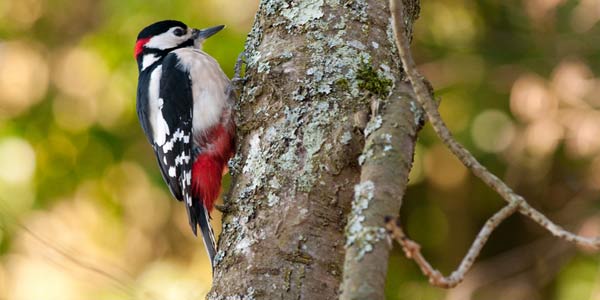Why Don't Woodpeckers Get Headaches?

Woodpeckers hit their heads up to 20 times a second. But muscles, bones and an extra eyelid protect their small bird brains.
Strong, dense muscles in the bird's neck give it strength to repeatedly thump its head. But it is extra muscles in the skull that keep the bird from getting hurt. These muscles act like a protective helmet for the brain.
Unlike the human brain , the woodpecker's brain is tightly confined by muscles in the skull and a compressible bone. This keeps the woodpecker brain from jiggling around when the bird is stabbing away at a tree trunk.
A millisecond before making impact, a woodpecker contracts its neck muscles. Then, it closes its thick inner eyelid.
The eyelid acts like a seat belt for the eye, said University of California Davis ophthalmologist Ivan Schwab, whose 2007 study on this phenomenon was published in the British Journal of Ophthalmology.
Without an extra eyelid, the retina could tear, and worse, the eye could pop out of its socket.
These safeguards are especially important to males, which peck up to 12,000 times a day during courtship .
Get the world’s most fascinating discoveries delivered straight to your inbox.
No matter the occasion, a woodpecker will only make straight strikes to a tree. The birds prevent head trauma by not making any side-to-side movements.
Got a question? Email it to Life's Little Mysteries and we'll try to answer it. Due to the volume of questions, we unfortunately can't reply individually, but we will publish answers to the most intriguing questions, so check back soon.



